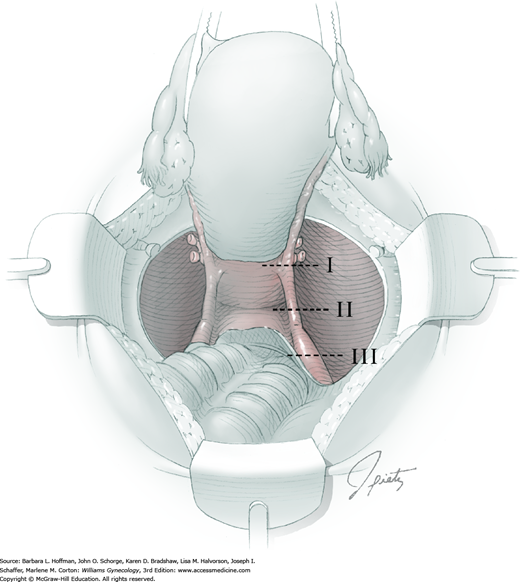

The remaining urine is called the postvoid residual. If a woman has difficulty emptying her bladder, a healthcare provider may measure the amount of urine left in the woman’s bladder after she urinates. grade 3-most advanced, when the bladder bulges out through the opening of the vagina.grade 2-moderate, when the bladder drops far enough to reach the opening of the vagina.grade 1-mild, when the bladder drops only a short way into the vagina.A cystocele receives one of three grades depending on how far a woman’s bladder has dropped into her vagina: A healthcare provider uses a grading system to determine the severity of a woman’s prolapsed bladder. The healthcare provider will ask about symptoms and medical history. Medical tests take place in a health care provider’s office, an outpatient center, or a hospital. How is a prolapsed bladder diagnosed?ĭiagnosing a prolapsed bladder requires medical tests and a physical exam of the vagina. Women with mild prolapsed bladders often do not have any symptoms. Urinary retention––the inability to empty the bladder completely––may occur with more severe prolapsed bladder if the cystocele creates a kink in the woman’s urethra and blocks urine flow. These movements can include coughing, sneezing, laughing, or physical activity, such as walking.

Women who have a prolapsed bladder may also leak some urine as a result of movements that put pressure on the bladder, called stress urinary incontinence.

Whether menopause increases a woman’s chances of developing a prolapsed bladder is unclear.

Over a median follow-up of 6 months (range 3-33 months), no case was encountered with recurrence. Concomitant levatorplasty was performed with 4 patients and sphincteroplasty with 2 patients. The estimated blood loss during operation was 24 ± 14 mL. The mean operative time was 119 ± 42 minutes. Seven consecutive RVF patients underwent stapled transperineal repair. This study is designed to assess the safety, efficacy, and postoperative outcomes of stapled transperineal repair in management of rectovaginal fistula (RVF).Ī prospective database of patients with RVF undergoing stapled transperineal repair between May 2015 and December 2017 was established and studied retrospectively.


 0 kommentar(er)
0 kommentar(er)
